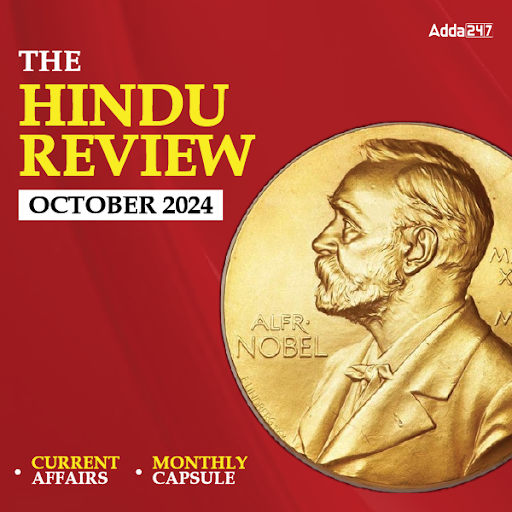
Q1. Financial literacy is a serious issue for RBI, because?
(a) It would enable better understanding of banking business
(b) With better understanding, more and more people would utilise the banking services
(c) It would mean banks can do more business
(d) It would mean the maximum number of people
(e) None of the given options is true
Q2. RBI has replaced BPLR regime by Base Rate regime w.e.f?
(a) July 1, 2010
(b) July 5, 2010
(c) July 11, 2010
(d) July 15, 2010
(e) None of the given options is true
Q3. Many times, we read about Special Drawing Right (SDR) in newspapers. As per in definition, SDR is a monetary unit of the reserve assets of which of the following organisations/agencies?
(a) World Bank
(b) International Monetary Fund (IMF)
(c) Reserve Bank of India (RBI)
(d) Organisation of the Petroleum Exporting Countries (OPEC)
(e) None of the given options is true
Q4. Reserve Bank of India is-
(a) an extension wing of Ministry of Finance, Government of India
(b) India’s central banking institution, which controls the monetary policy of the Indian rupee
(c) an Institution owned by Indian Bank’s Association
(d) a private sector company
(e) None of the given options is true
Q5. The term ‘Ways and Means’ advances refer to?
(a) The temporary advance made to the government by its Bankers to bridge the interval between expenditure and the flow of receipt of revenues
(b) the advance given by the Banks to the poorest of the society
(c) lending made under PMRY scheme
(d) All of the above
(e) None of the given options is true
Q6. Most banks are offering teaser rates on home loans. What does it mean?
(a) The rates keep fluctuating during the period of loan with high uncertainty
(b) The initial rate is offered at a rate lower than the prevailing market rate for a few months and then gradually keeps increasing
(c) The initial rate is higher than the current market rate with offer of lower rates at a later date
(d) Home loan borrowers of shorter duration are given preferential rate
(e) None of the given options is true
Q7. Who decides the value and volume of bank note to be printed and on what basis?
(a) Finance Ministry
(b) Planning Commission
(c) RBI
(d) Stock Exchange
(e) None of the given options is true
Q8. Indian Banking Regulation Act was passed in the year?
(a) 1971
(b) 1969
(c) 1949
(d) 1947
(e) None of the given options is true
Q9. Financial Market consists of-
(a) Foreign exchange
(b) Debt Instruments
(c) Equities
(d) All of the above
(e) None of the given options is true
Q10. Who is authorised to sign ‘one-rupee’ note?
(a) Secretary, Ministry of Finance
(b) RBI Governor
(c) Prime Minister
(d) Finance Minister
(e) None of the given options is true
Q11. The term “Balance of Trade” means?
(a) A point where the values of imports and exports are equal
(b) the term is used with reference to bilateral trade agreements with countries of CIS Block
(c) the difference between the value of the imports and exports of a country
(d) the difference between the total of transactions with foreign countries in trade, services and capital
(e) None of the given options is true
Q12. More number of banks’ branches are located in?
(a) metropolitan areas
(b) semi-urban areas
(c) urban areas
(d) rural areas
(e) None of the given options is true
Q13. Which of the following Rates/Ratios is not covered under the Monetary and Credit Policy of the RBI?
(a) Bank Rate
(b) Repo Rate
(c) Cash Reserve Ratio
(d) Exchange Rate of Foreign Currencies
(e) None of the given options is true
Q14. Which of the following agencies is associated with the business of Insurance sector as a regulator?
(a) NPCI
(b) IRDA
(c) SEBI
(d) AMFI
(e) None of the given options is true
Q15. Khandelwal Committee relates to study of…………. issue in Public Sector Banks?
(a) Capital Adequacy Ratio
(b) Human Resources
(c) Branch Expansion
(d) Foreign Exchange
Share your IBPS PO INTERVIEW Experience @ Contact@bankersadda.com



 The Hindu Review October 2022: Download ...
The Hindu Review October 2022: Download ...
 CAIIB ABM Exam Analysis 2024, 24 Novembe...
CAIIB ABM Exam Analysis 2024, 24 Novembe...
 Important Essay Topics for IBPS PO Mains
Important Essay Topics for IBPS PO Mains




